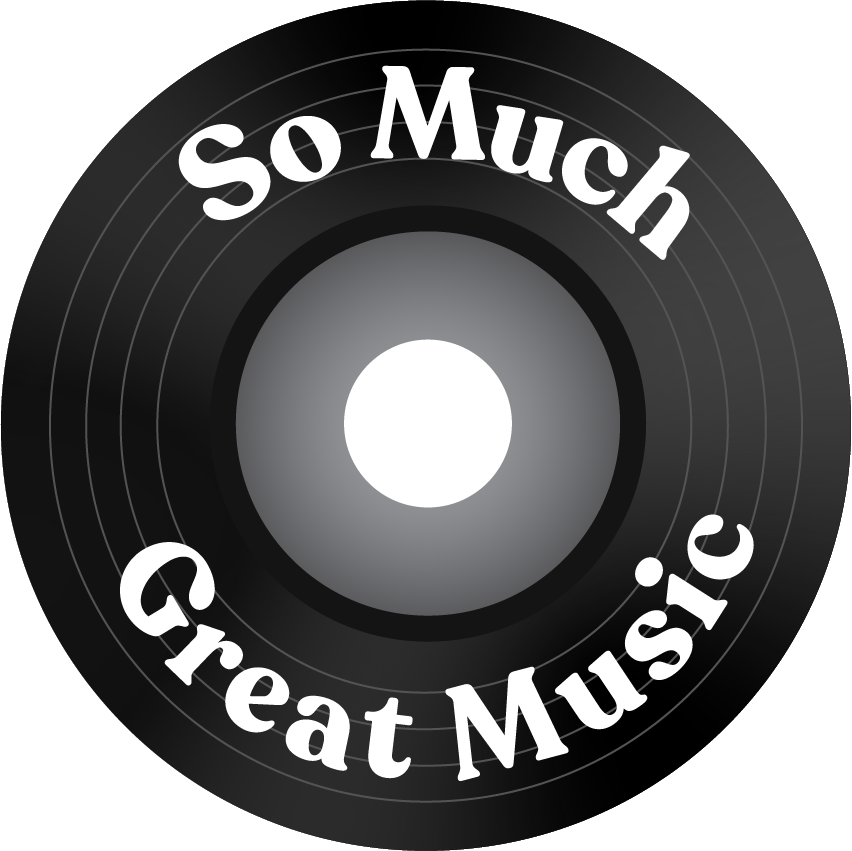
Years ago I was sitting around having drinks with a bunch of friends when someone introduced this very interesting question: If you could place yourself at any moment in history, what would it be? Most people had some very profound answers. I believe I remember three of them: One was to be present for the birth of Christ; Interestingly, another wished to have been at The Last Supper; And a third dreamed of standing alongside Neil Armstrong and Buzz Aldrin when in July of 1969 they took man’s first steps on the moon. As for me, I answered without hesitation. I’d go back to an event that occurred less than a month after the moon landing: Woodstock.
More than 400,000 people attended the Woodstock Music & Art Fair for “3 Days of Peace and Music” on Max Yasgur’s farm in Bethel, NY (Woodstock, of course, did not ultimately take place in the town of Woodstock). Festival organizers had assured Bethel authorities that they expected no more than 50,000 people, but per Joni Mitchell’s song of the same name written following the event¹ there ended up being “Half a million strong.” I was not one of them.
This past weekend was the 49th anniversary of Woodstock (I thought about waiting to write a piece citing its round number anniversary next year, but hey, life is uncertain), and I posit that it could never be equaled, neither for its unparalleled music lineup nor its abiding social significance. How might one possibly pick a single most eminent moment? There was Jimi Hendrix’s psychedelic rendition of The Star Spangled Banner; Sly Stone imploring the audience to throw up peace signs as they chanted back (I Want To Take You) “Higher!”; Richie Havens furiously strumming the chords of “Freedom”; Joe Cocker’s spasmatic attack for “With A Little Help From My Friends”; A stage announcer sheepishly advising hippies not to take the infamous “brown acid”; and naturally, Sha-Na-Na’s appearance (just kidding). But at this most historic and unforgettable of events that included revered rock luminaries like The Who, The Grateful Dead, Janis Joplin, Creedence Clearwater Revival, Santana, The Band, Jefferson Airplane, Crosby, Stills & Nash, and on and on, I’m going to suggest that perhaps the single most riveting performance was put in by Alvin Lee of Ten Years After.
Still relatively unknown in America at the time, the British band’s short 5-song set concluded with ‘I’m Going Home.’ It went on for well over 10 minutes, all of it filled with Lee’s incredible emotive exuberance and blistering guitar. It was absolutely electrifying, truly a happening. And, just following the end of the song, a watermelon rolled onto the front of the stage for no apparent reason, coming to rest at his feet, which Lee, looking exhausted but nonplussed, proceeded to hoist up onto his shoulder and carry off (if anyone knows the story behind that, I’d sure like to know, but I guess it does somehow add to the mystique of the moment).
In any event, given all choices, if I could, I’d take being there for that instant, or just about any other part of the muddy, once-in-a-lifetime Woodstock spectacle. It’s almost as if Joni Mitchell was describing the two of us when she wrote the closing line of the ‘Woodstock’ chorus as “We got to get ourselves back to the garden.” Sadly, I’ve got a better chance of going to the moon.
¹Mitchell did not perform at nor attend Woodstock, after famously being advised by her manager that it would be more advantageous for her to appear on the Dick Cavett Show instead, but composed the song based on what she’d heard from her then-boyfriend, Graham Nash. It was subsequently recorded by Crosby, Stills, Nash & Young, who released it the following year as the lead single from their 1970 album Déjà Vu, and by Mitchell herself, where it appeared as the B-side to her 1970 single ‘Big Yellow Taxi.’
The brown acid announcement






Article Comments